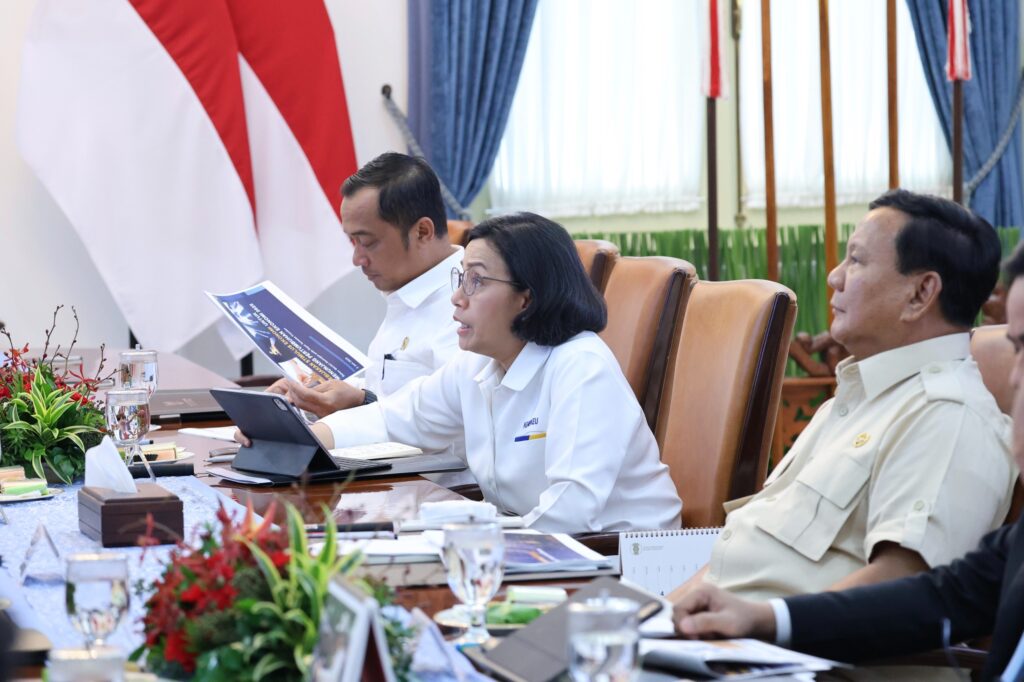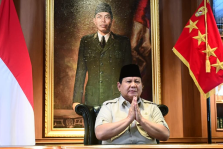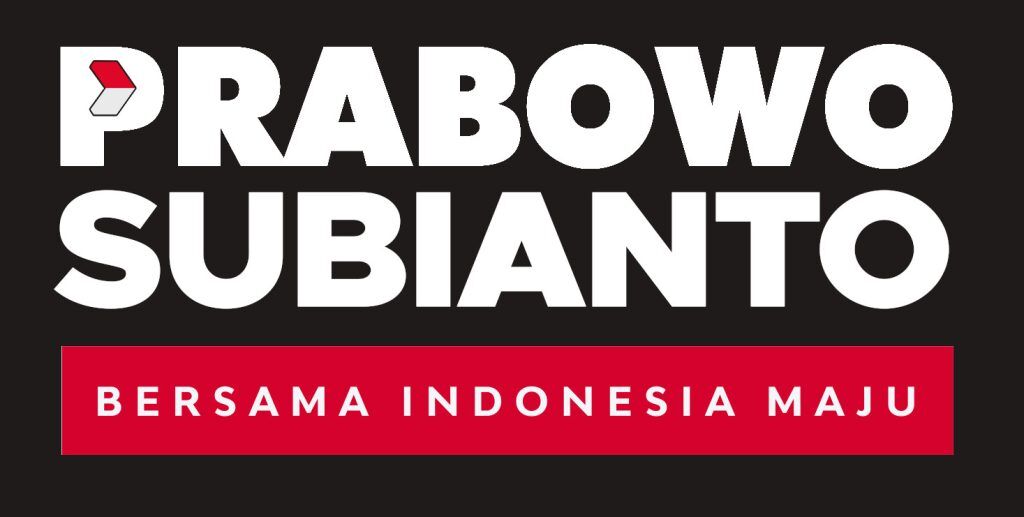Jakarta – The government is once again rolling out large-scale food assistance to support communities across Indonesia. This time, a total of 18.3 million beneficiary families (KPM) will receive 10 kilograms of free rice per month for two months, along with additional cash assistance.
The program is part of a national economic policy package directly initiated by President Prabowo Subianto to strengthen household resilience amid global economic pressures.
Finance Minister Sri Mulyani Indrawati stated that the rice aid will be distributed alongside extra cash benefits for recipients of the Sembako Card Program.
“As part of the enhanced social assistance, an additional Rp200,000 per month will be provided for two months to 18.3 million beneficiary groups under the Sembako Card Program,” Sri Mulyani said during a press conference at the State Palace on Monday (June 2).
The government ensures that each family will receive 20 kilograms of free rice and a total of Rp400,000 in cash during June and July 2025, distributed in two monthly installments.
“In addition to receiving Rp200,000 per month for two months, which will be paid starting this June, they will also receive 10 kilograms of free rice per month. So in total, that’s 20 kilograms of rice,” the Minister added.
Targeting the Most Vulnerable
The program targets the country’s most vulnerable and impoverished households, already registered in the national social assistance system. The government recognizes that, aside from financial aid, basic staples like rice continue to pose a significant burden for low-income families.
Ensuring Farmer Prices Remain Stable
The government also emphasized that the rice assistance program will not disrupt rice prices at the farmer level. The balance between protecting consumers and safeguarding farmers’ welfare remains a key policy principle.
“Agriculture Minister [will ensure] that the rice distribution supports the poorest and most vulnerable groups without causing rice prices to fall at the farm level,” Sri Mulyani explained.
She added that the policy was carefully designed to maintain farmers’ terms of trade while ensuring rice remains affordable for urban poor households.
“We must always strike a balance — ensuring rice prices support farmer welfare while keeping it accessible, especially for the urban poor,” she said.









